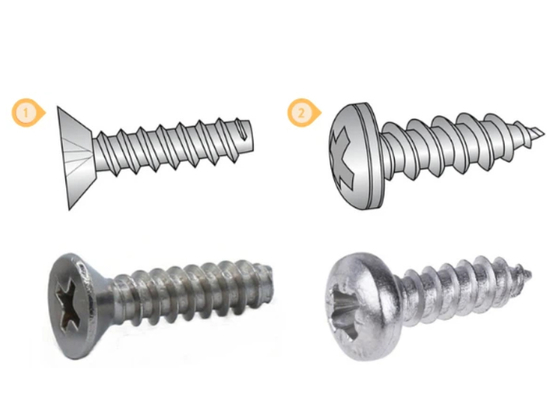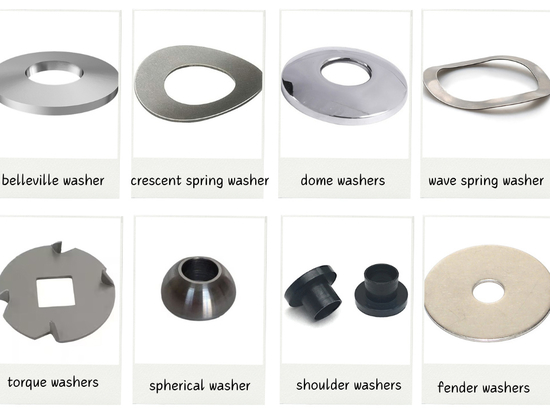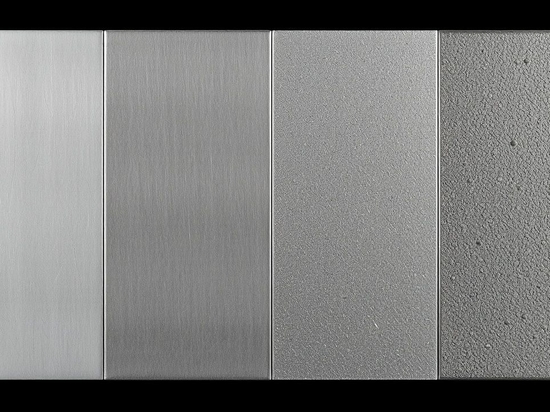
#Industry News
Different types of threads
Classification by purpose
- International Metric Thread System:
The crest is flat, and the root has a rounded shape, with a thread angle of 60 degrees, marked as M. It can be divided into coarse and fine threads, such as M8x1.25.
- American Standard Thread:
Both the crest and root are flat, offering better strength. The thread angle is also 60 degrees, indicated by the number of threads per inch. This type includes coarse (NC), fine (NF), and extra-fine (NEF) threads, such as 1/2-6NC (1/2: outer diameter, 6: threads per inch, NC: code).
- Unified Thread:
This refers to imperial threads. The thread angle is 60 degrees, and the number of threads per inch specifies it. It can be classified into coarse (UNC), fine (UNF), and extra-fine (UNEF) threads, such as 1/2-10UNC (1/2: outer diameter, 10: threads per inch, UNC: code).
- Sharp V Thread:
Both the crest and root are pointed, which reduces strength. The thread angle is 60 degrees, and it is rarely used.
- Whitworth Thread:
This is the British national standard thread, with a thread angle of 55 degrees, indicated by "W." It is suitable for manufacturing by rolling, such as W1/2-10 (1/2: outer diameter, 10: threads per inch, W: code).
- Knuckle Thread:
According to German DIN, this standard thread is used for connections like light bulbs and rubber hoses, marked as "Rd."
- Pipe Thread:
This thread is designed to prevent leaks and is commonly used for connecting gas or liquid fittings. The thread angle is 55 degrees and can be classified into straight pipe threads (P.S., N.P.S.) and tapered pipe threads (N.P.T.), with a taper of 1:16.
- Square Thread:
It has high transmission efficiency but cannot be adjusted with a nut after wear. It is commonly used in vices and cranes.
- Trapezoidal Thread:
Also known as Acme thread, it has slightly lower efficiency than square threads but can be adjusted after wear. The metric thread angle is 30 degrees, while the imperial angle is 29 degrees. It is typically used for lead screws in lathes, marked as "Tr."
- Buttress Thread:
Also known as sloped threads, they are suitable for unidirectional transmission, used in screw jacks and presses, marked as "Bu."
- Ball Screw:
This type has the highest transmission efficiency but is challenging to manufacture and costly. It is used in precision machinery, such as the lead screws of CNC machines.




